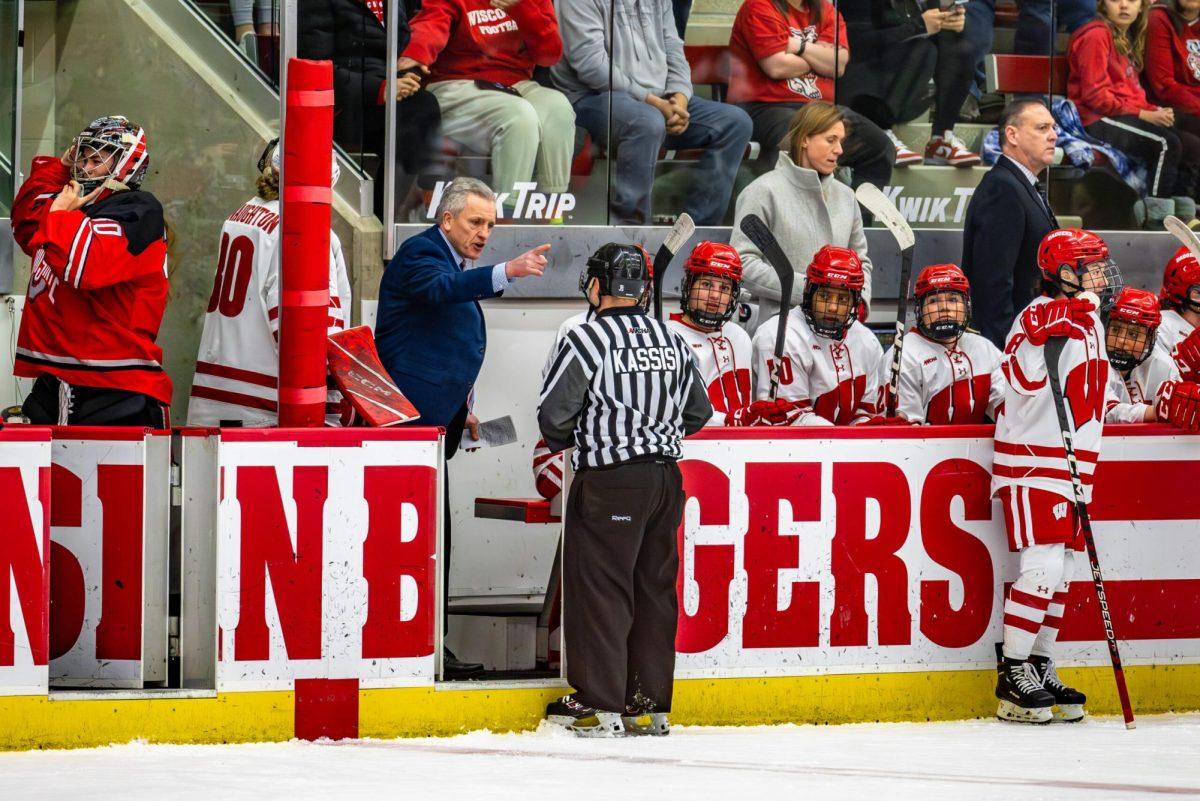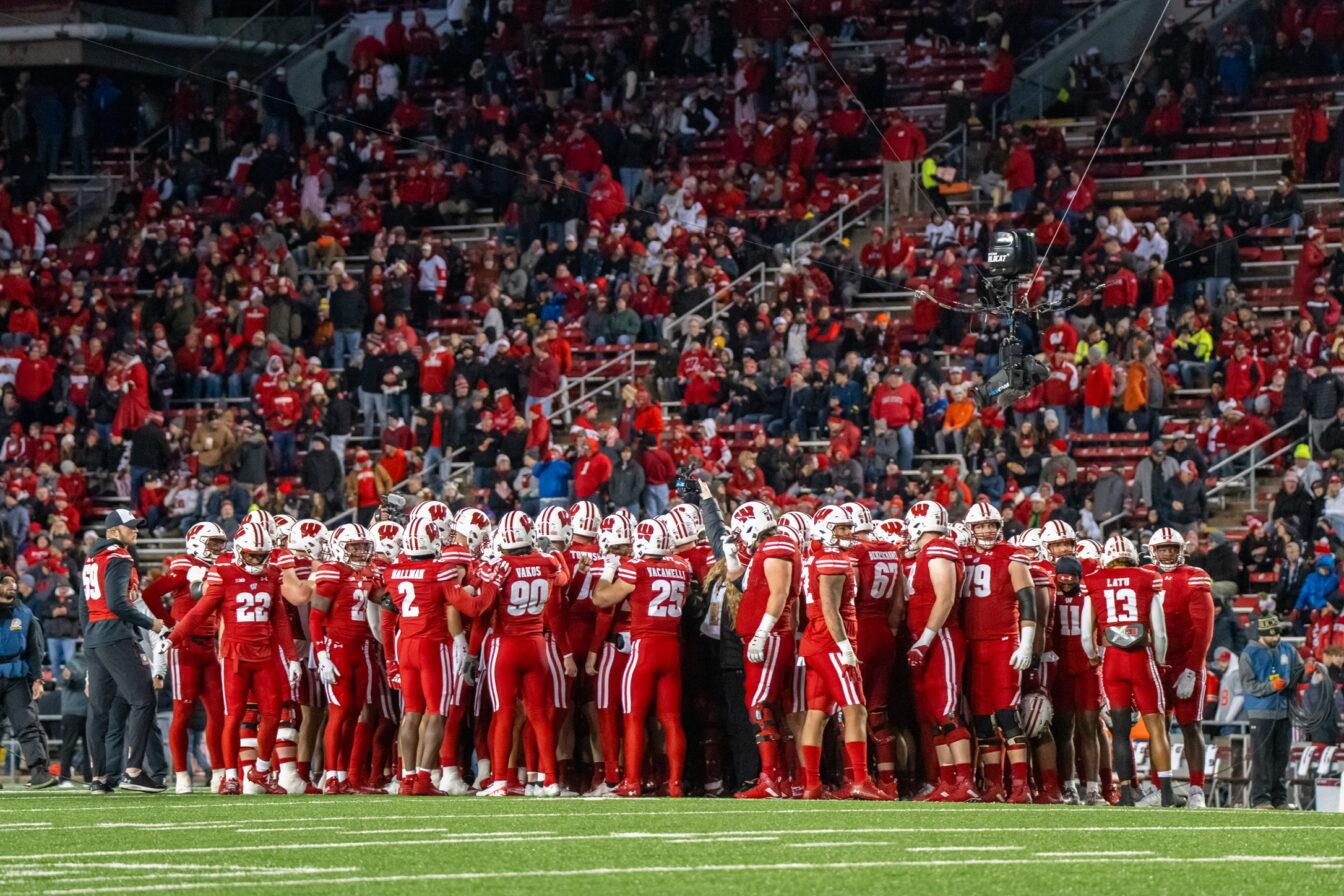It’s hard to walk through campus these days without thinking of summer. Bascom Hill has become a sea of sunbathers, T-shirts have emerged from their North Face shells and Frisbees fill the streets. It’s inescapable. And with the signs of summer comes another inescapable thought — baseball.
The Madness of March has run its course, the football team is back on the field for spring workouts, and fans around the country shift their attention from the arena to the ballpark. It’s baseball season.
The Big Ten is currently four games into its conference schedule, with Illinois and Minnesota tied atop the standings. College baseball is in full swing from Penn State to Iowa, with one notable exception. The University of Wisconsin is the only Big Ten school that does not field a varsity baseball team.
This is nothing new. Baseball has been relegated to the club ranks at UW for years, and for years campus sports editors have taken up the cause. The Athletic Department is well aware of the situation.
The powers that be are not on some kind of anti-baseball crusade. They don’t hate baseball or apple pie, and they did not disband the program to promote a hidden softball agenda. Their hands are tied by Title IX, an outdated piece of legislation that has claimed men’s soccer programs throughout the NCAA and all but outlawed men’s volleyball in the Midwest. Barry Alvarez and company undoubtedly want to bring baseball to Madison, but they must navigate through a myriad of economic obstacles to make it happen.
Wisconsin is one of just six Big Ten schools to field a men’s hockey team and one of eight to field a men’s soccer team. Only five Big Ten universities offer both. To introduce a varsity baseball program while maintaining both hockey and soccer and keeping funding at its current level for major programs like football and basketball, the Athletic Department will have to get creative.
The move carries economic and political implications which cannot be overlooked. Changing the athletic budget is no small matter, and Alvarez must not do so without considering the impact it will have on everyone involved. Title IX complicates the situation, forcing universities to abide by an artificial financial standard rather than allocating funding freely to fit the needs of its teams.
Establishing a baseball team will require adept manipulation of funding and a measure of compromise. To start a baseball team, Wisconsin must either scale back funding for existing men’s programs or increase funding for women’s programs.
The move may involve either adding women’s teams or cutting men’s teams. The drawbacks of both are clear. The former will increase the total budget of the Athletic Department, and the money must come from somewhere. The latter will end a men’s sports program, which is a drawback in itself.
Title IX has placed the Athletic Department in a difficult position. There is no easy solution here. But it can be done.
Every other school in the Big Ten has found a way to support a baseball team without running afoul of Title IX. Five have managed to do so without sacrificing hockey or soccer. Each school has taken a different approach, but one way or another they have all worked it out.
Purdue, Illinois and Northwestern opted to streamline their athletic departments. While all three found room for baseball, the universities each support fewer than 20 teams. None of the three schools fields a men’s hockey team, and only Northwestern offers men’s soccer.
Ohio State and Penn State took the opposite approach. These schools decided to expand their operations to accommodate Title IX, pumping extra funds into the women’s programs to allow them a proportional increase in men’s funding. The remaining six Big Ten schools fall within these two extremes.
Ohio State boasts the Big Ten’s most bloated athletic department, with 36 teams (17 men’s teams, 19 women’s). In order to make the numbers even out, the Buckeyes established varsity teams in pistol-firing, riflery and synchronized swimming.
Andy Geiger’s former operation also introduced a number of more common women’s programs to boost their female finances, such as field hockey, lacrosse, fencing and gymnastics. All told, the Buckeyes offer seven more women’s varsity sports than Wisconsin. If Alvarez is looking for inspiration, he can end his search in Columbus.
If Wisconsin wants to make room for baseball, the university can adopt either approach. The Badgers currently offer 24 varsity sports (11 men’s teams, 13 women’s), which is 12 fewer than the Buckeyes and six more than the Boilermakers.
Alvarez can opt for the axe, which could be applied to a number of men’s programs, but that would come at a tremendous cost to the Badger sports community. Addition is a far more attractive approach but of course a more complicated one.
Provided Alvarez and company can find the necessary funds, Wisconsin could increase its women’s sports budget by adding any of the seven sports offered by Ohio State, or women’s water polo, which is currently offered at both Michigan and Indiana. Another option, of course, is to reallocate scholarship funds within existing programs, which would hurt some men’s programs but spare them the axe.
Only Alvarez can decide what combination of strategies to employ, but the problem can be solved. Until the Athletic Department engineers a Title IX-friendly solution, UW fans will have to travel to the nearest tech school to take in a baseball game. Only in Wisconsin.













